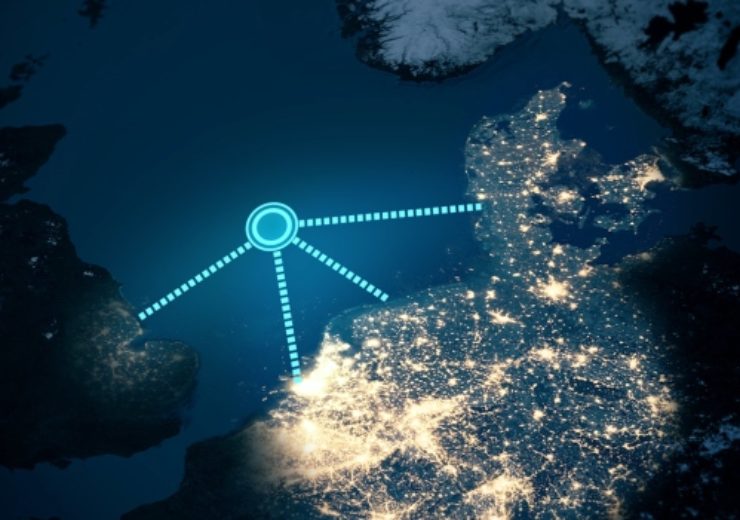DTU’s multiDC project aims to develop intelligent, digital solutions intended to control long distance power flows

Image: New digital solutions being developed for energy hubs in the North Sea. Photo: courtesy of Technical University of Denmark (DTU).
The Technical University of Denmark (DTU) has launched a project to develop new solutions aimed at reducing blackouts and failure at energy hubs in the North Sea.
The energy hubs in the North Sea are equipped to collect and distribute energy from offshore wind farms to the European countries.
The DTU’s multiDC project aims to develop intelligent, digital solutions intended to control long distance power flows to prevent blackouts. The project is also aimed at finding ways to design the power flows in the Nordic grid with connections to Europe.
The project seeks ways to optimise and utilise North Sea wind energy
As part of the multiDC project, the international consortium, named the North Sea Wind Power Hub, will assess ways to optimise and utilise wind energy from the North Sea.
Technical University of Denmark associate professor and multiDC project manager Spyros Chatzivasileiadis said: “When we get the energy hubs in the North Sea, we will have even more HVDC lines and connection points in the Nordic grid, which must be controlled and coordinated.”
“Each of the planned energy hubs will be able to integrate 10-15 GW of wind energy into the electricity grid. Imagine we lost one of these hubs due to power failure. Denmark could suffer a complete blackout. We are working to prevent this at any time.”
The project also seeks to achieve better control of the power flows in the high-voltage lines, which connect to Denmark’s neighbouring countries to enable greater extent exchange of the reserves while preventing grid imbalances and power failure.
Chatzivasileiadis noted: “It can be a measure to safeguard against blackouts. The neighboring countries can immediately help each other to balance consumption and production.”
DTU said that intelligent, digital control and coordination methods can enable Denmark to save many millions of euros a year in the Danish electricity system.
